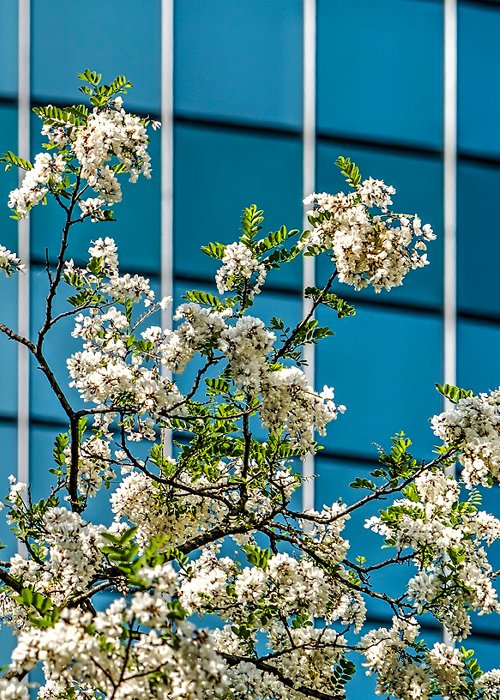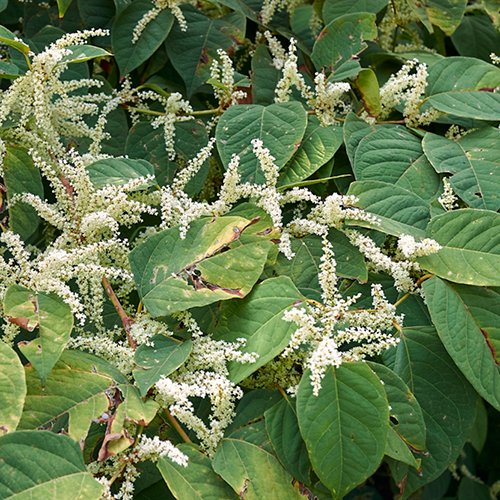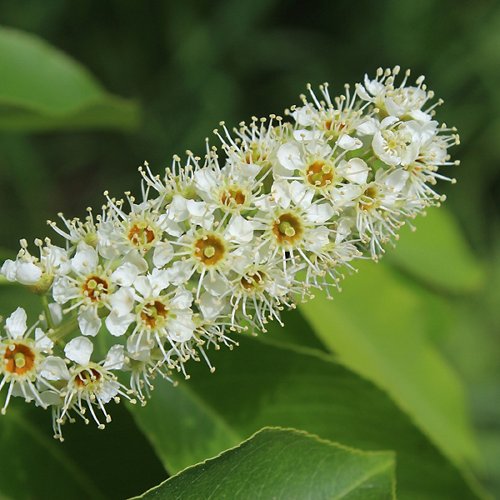When you take your dog out for a walk in the public gardens near your home or during a stroll through a park in your city, have you ever asked yourself which species the trees that surround you belong to? Very probably, you will have walked past ashleaf maples (Acer negundo) or false acacia (Robinia pseudoacacia), you will have seen the blossom of the black cherry (Prunus serotina) or perhaps some fine specimens of red oak (Quercus rubra) or Himalayan cedar (Cedrus deodara). These are only some of the alien species (also known as allochthonous or exotic species), that is plants (or animals) accidentally or deliberately introduced by humans outside their original natural habitat. In many cases, the alien species find it hard to adapt to the new environment and rapidly die out, but in other cases they succeed in surviving, propagating and becoming established. Sometimes they succeed so well that they become an authentic threat, causing serious damage not only to ecosystems but also to farming and animal rearing operations, causing a reduction in local biodiversity, as well as effects on human health (e.g. allergies).
Alien species, depending on how successfully they reproduce in the new territory where they are introduced, can be classified as casual, naturalised and invasive. Casual exotic species are those that may flower and propagate occasionally in an area, but do not form lasting self-sustaining populations and therefore depend on repeated introduction for their persistence. Naturalised exotic species are those that reproduce consistently without direct human intervention, forming populations able to persist over time for many generations. Invasive exotic species are those that have become naturalised and represent, or have the potential to represent, a threat to biodiversity through their ability to reproduce successfully, spreading to considerable distances and colonising vast areas where they replace the native (authoctonous) flora.






